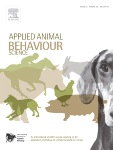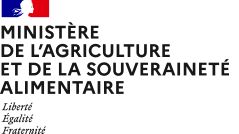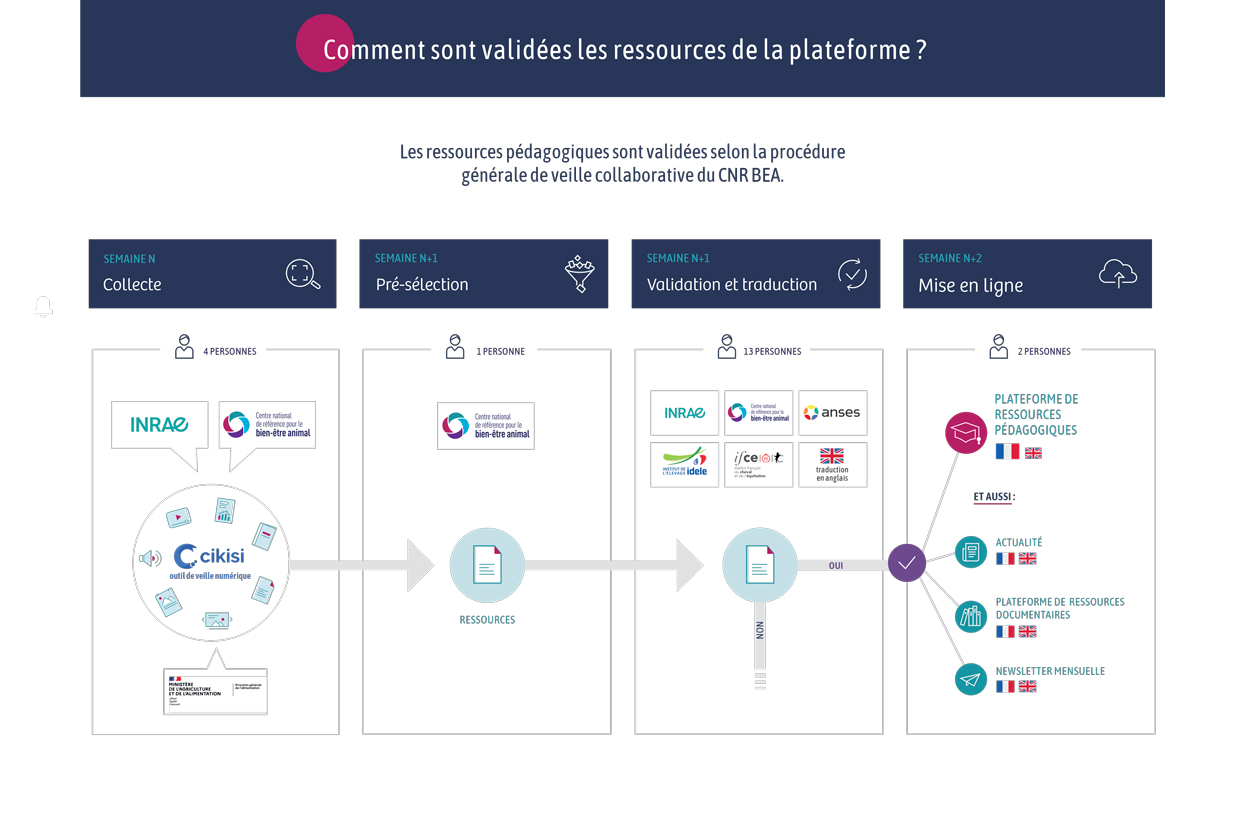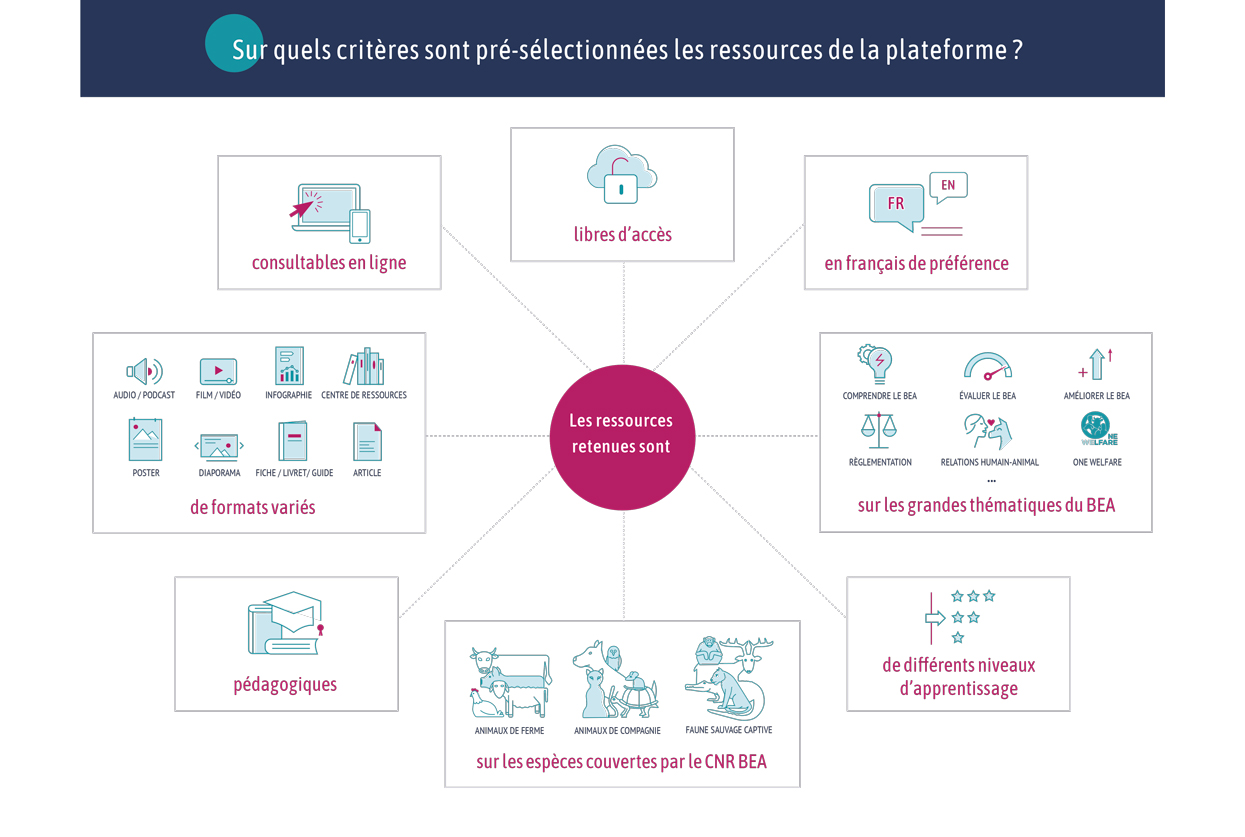Document type online prepublication of scientific summary in Applied Animal Behaviour Science
Authors: Jinhyeon Yun, Kirsi-Marja Swan, Kirsi Vienola, Chantal Farmer, Claudio Oliviero, Olli Peltoniemi, Anna Valros
Preview: The extent to which sows show pronounced nest-building behavior (NBV) on available materials prepartum seems to have an influence on selected parameters in the context of farrowing. In the present study, the NBV of 770 purebred Landrace sows kept in farrowing crates was examined in relation to the course of birth (GV) and the number of piglets born dead (TGF) per litter. The sows were offered jute sacks (JS) and the NBV was assessed using the auxiliary trait "occupation with the JS". The suitability of NBV as a selection trait was examined additionally. Using a scoring scheme from 1 (no interest in JS) to 5 (JS torn), the NBV of the sows was scored at three points in time: 2 days ante partum (a.p.), one day a.p. and on the day of birth, whereby 3,643 observations were evaluated. The JS were mostly (56.2% of the observations) manipulated by the animal in the hanging state (grade 2). Statistically significant correlations in the low range were determined between NBV and GV as well as the number of TGF per litter. Including the trait NBV of sows in breeding programs is difficult due to the estimated low heritabilities of h2 = 0.02 (h2 = 0.00 to h2 = 0.08) and the lack of standardization. In addition, there are only low phenotypic correlations with the target traits GM and TGF.





